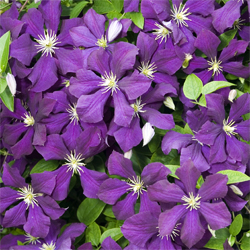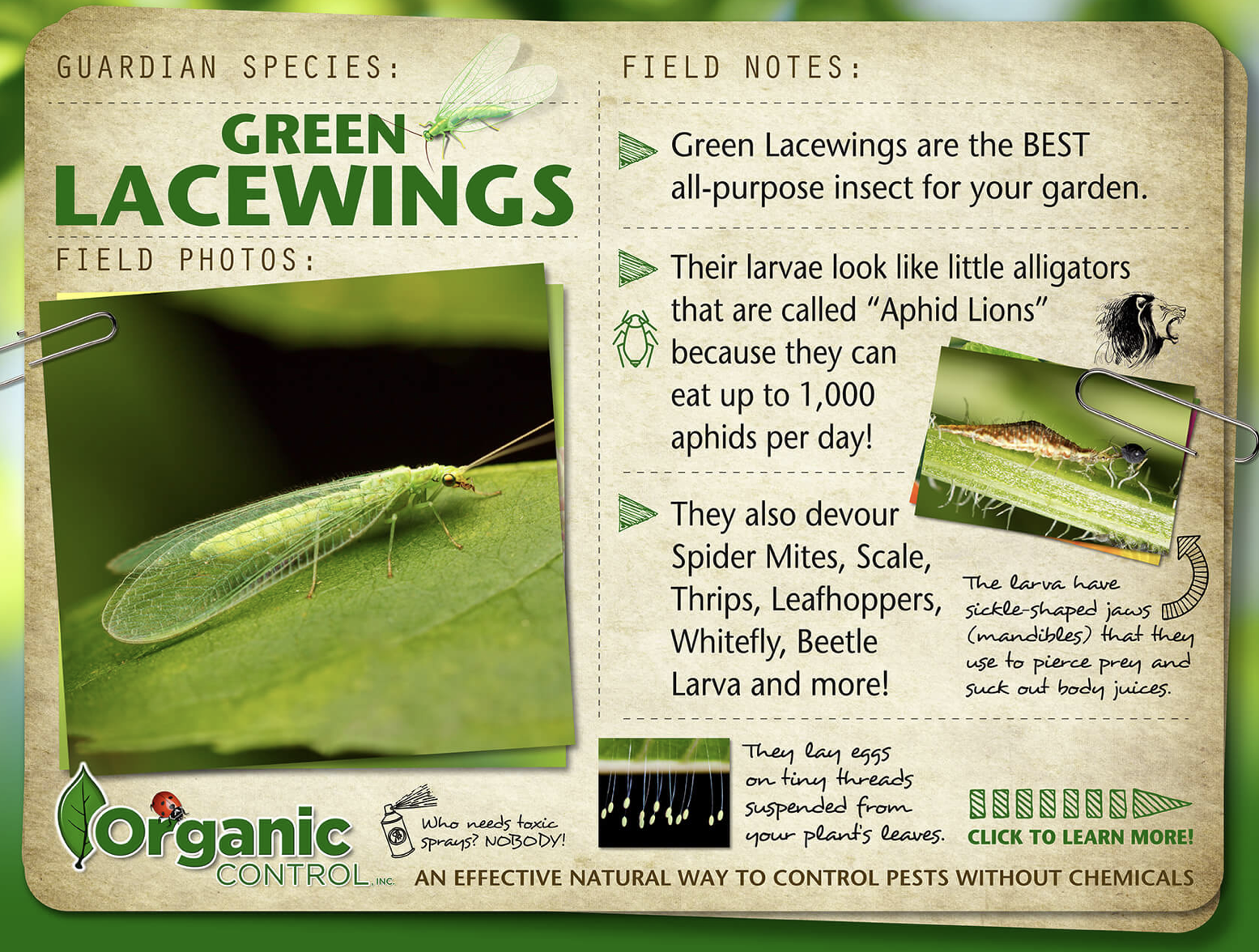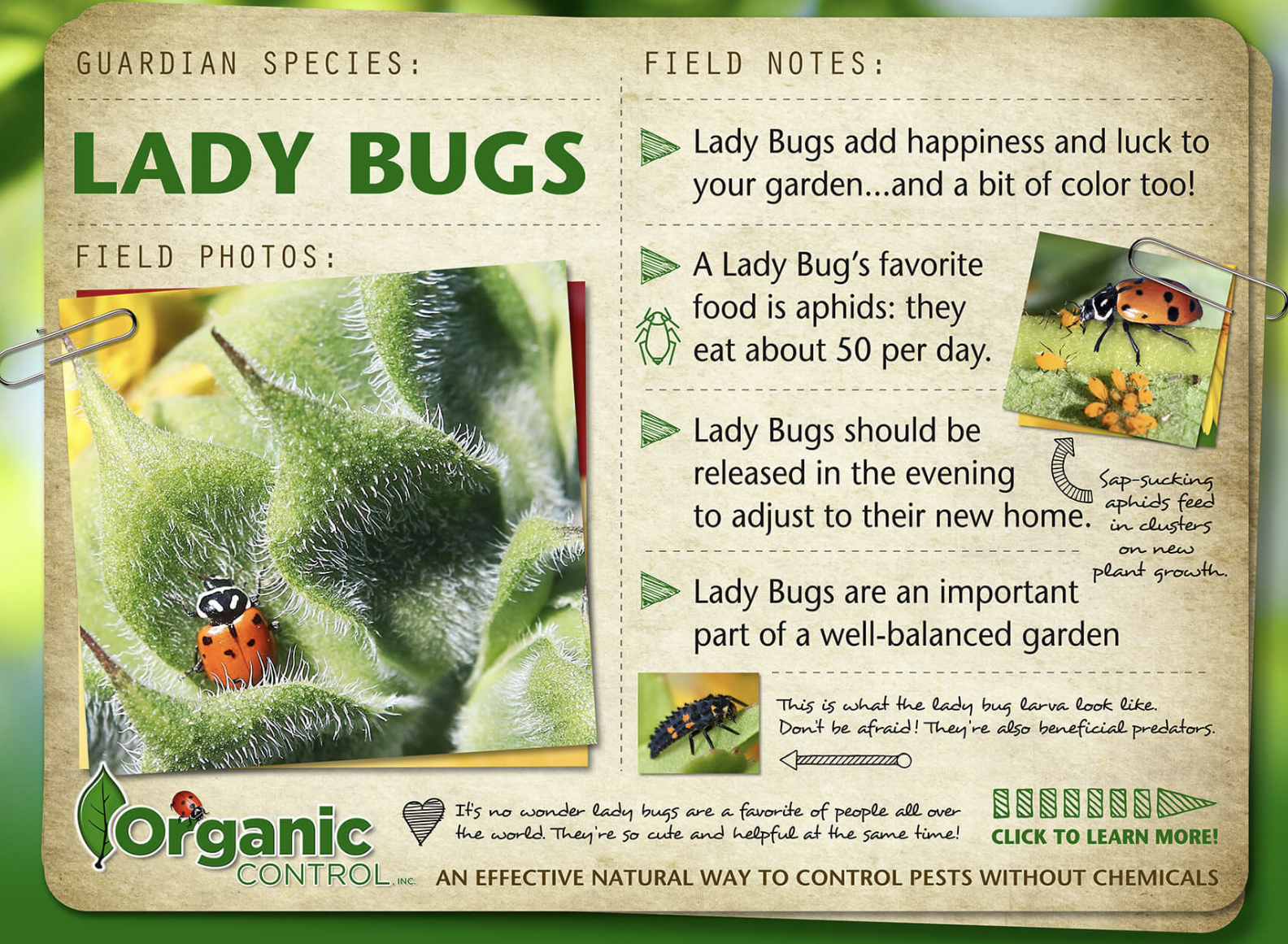The Joy of Clematis: Elevating Your Garden with Color and Charm
Discovering Clematis: A Gardener’s Delight
Few plants bring as much joy and elegance to a garden as clematis. Known as the “queen of climbers,” this versatile vine offers a stunning display of flowers, ranging from delicate, star- shaped blossoms to large, luxurious blooms. Clematis is one of the most versatile flowering vines as they are well-behaved and come in many color options. Clematis are a long -lived perennial that will clamber gracefully across the top of a fence to fill in bare spots without ever behaving invasively. Clematis not only enhances the aesthetic appeal of your garden but also brings a sense of achievement and satisfaction as you watch these beautiful flowers flourish.
shaped blossoms to large, luxurious blooms. Clematis is one of the most versatile flowering vines as they are well-behaved and come in many color options. Clematis are a long -lived perennial that will clamber gracefully across the top of a fence to fill in bare spots without ever behaving invasively. Clematis not only enhances the aesthetic appeal of your garden but also brings a sense of achievement and satisfaction as you watch these beautiful flowers flourish.
Why Plant Clematis?
- A Burst of Color: Clematis comes in an array of colors, from deep purples and reds to soft pinks and whites. This variety allows you to create vibrant, eye-catching displays or subtle, harmonious blends in your garden.
- Versatility: Clematis is incredibly adaptable. It can be grown in pots, trained up trellises, arbors, and pergolas, or allowed to sprawl over shrubs and trees. This flexibility makes it an ideal choice for any garden size or style.
- Extended Blooming Period: With proper planning, you can enjoy clematis flowers from early spring through late autumn. By selecting varieties that bloom at different times, your garden can be awash with color for much of the year.
- Attracting Wildlife: Clematis flowers are a favorite of pollinators, including bees and butterflies. Planting clematis helps support these important creatures, adding to the ecological value of your garden.
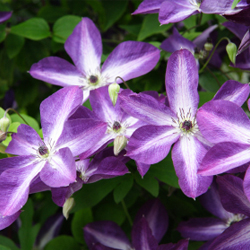
Designing with Clematis: Tips and Inspirations
- Creating Vertical Interest: Utilize clematis to add height and depth to your garden. Train them up trellises, fences, and walls to create living tapestries of color. Pair with climbing roses for a romantic, cottage-garden look.
- Perfect Pairings: Combine clematis with other plants for stunning visual effects. For instance, planting clematis with evergreen shrubs can provide a backdrop that highlights the vibrant flowers. Clematis also looks beautiful intertwined with wisteria or honeysuckle.
- Container Gardens: For those with limited space, growing clematis in pots is an excellent option. Choose compact varieties and provide a trellis or obelisk for support. Place containers strategically around patios and balconies to enjoy the blooms up close.
- Seasonal Succession: Plan your garden to feature clematis varieties that bloom at different times. Early-flowering clematis can start the season, followed by summer-blooming types, and finishing with late-flowering varieties. This succession ensures continuous beauty and interest.
- Color Coordination: Think about the color palette of your garden and choose clematis varieties that complement or contrast with existing plants. Harmonizing colors can create a soothing effect, while bold contrasts add excitement and drama.
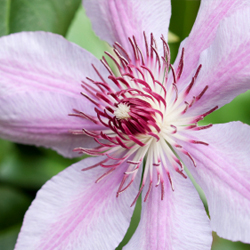
Planting clematis is more than just adding flowers to your garden; it’s about creating an atmosphere of beauty, serenity, and ecological harmony. These magnificent climbers provide endless design possibilities, making them a favorite among gardeners. Whether you’re a seasoned horticulturist or a beginner, clematis offers an opportunity to transform your garden into a paradise of color and charm. Embrace the joy of growing clematis, and let your garden bloom with inspiration.
Clematis Quick Tips
Clematis are sun lovers, preferring 6 hours of sun, but love to have cool “feet”. Protect and cool their “heels” by mulching and/or planting shallow rotted perennials at their base. Some of our favorites to plant at their feet include: Drift Roses, Penstemon, Catmint, Salvia and Veronica.
Plant strong colored clematis in the sun and paler colors in the shade.
When Growing in Containers use a good compost such as BumperCrop
The container should not be made of plastic, and should be at least 18”x18”
Use summer flowering annuals to add interest and to shade their root system
In clay soils add pine mulch to provide drainage
